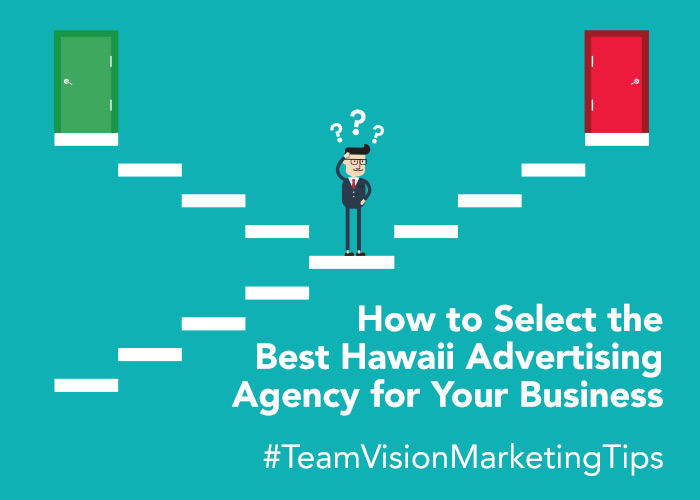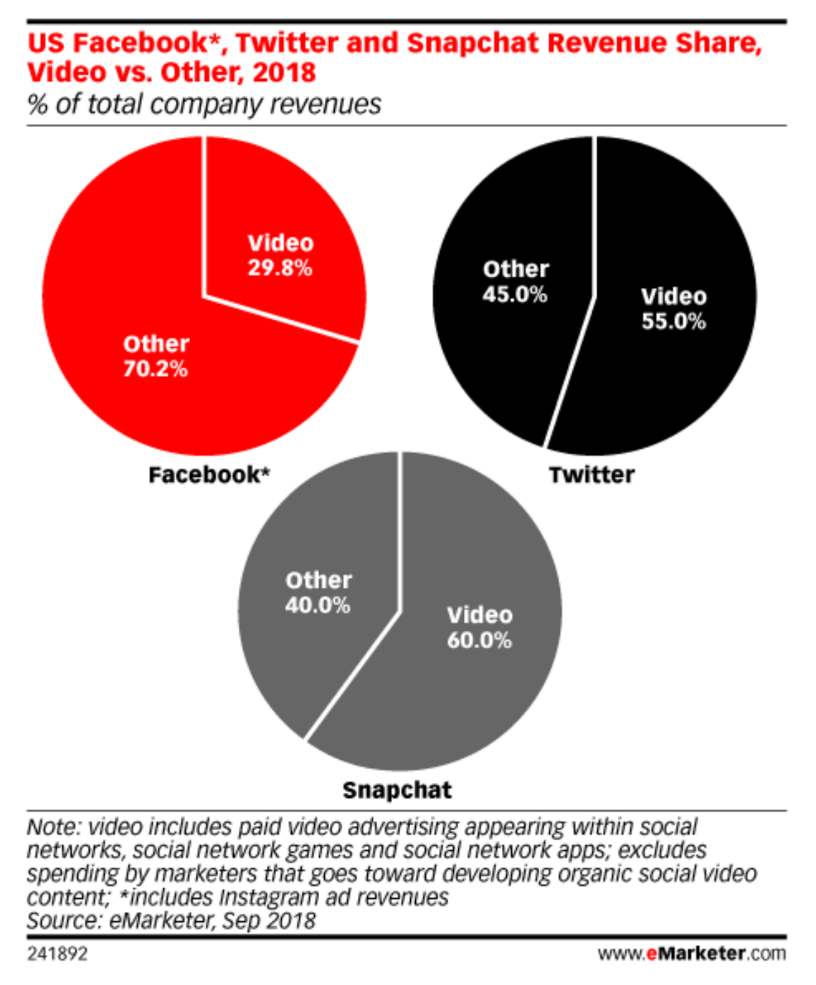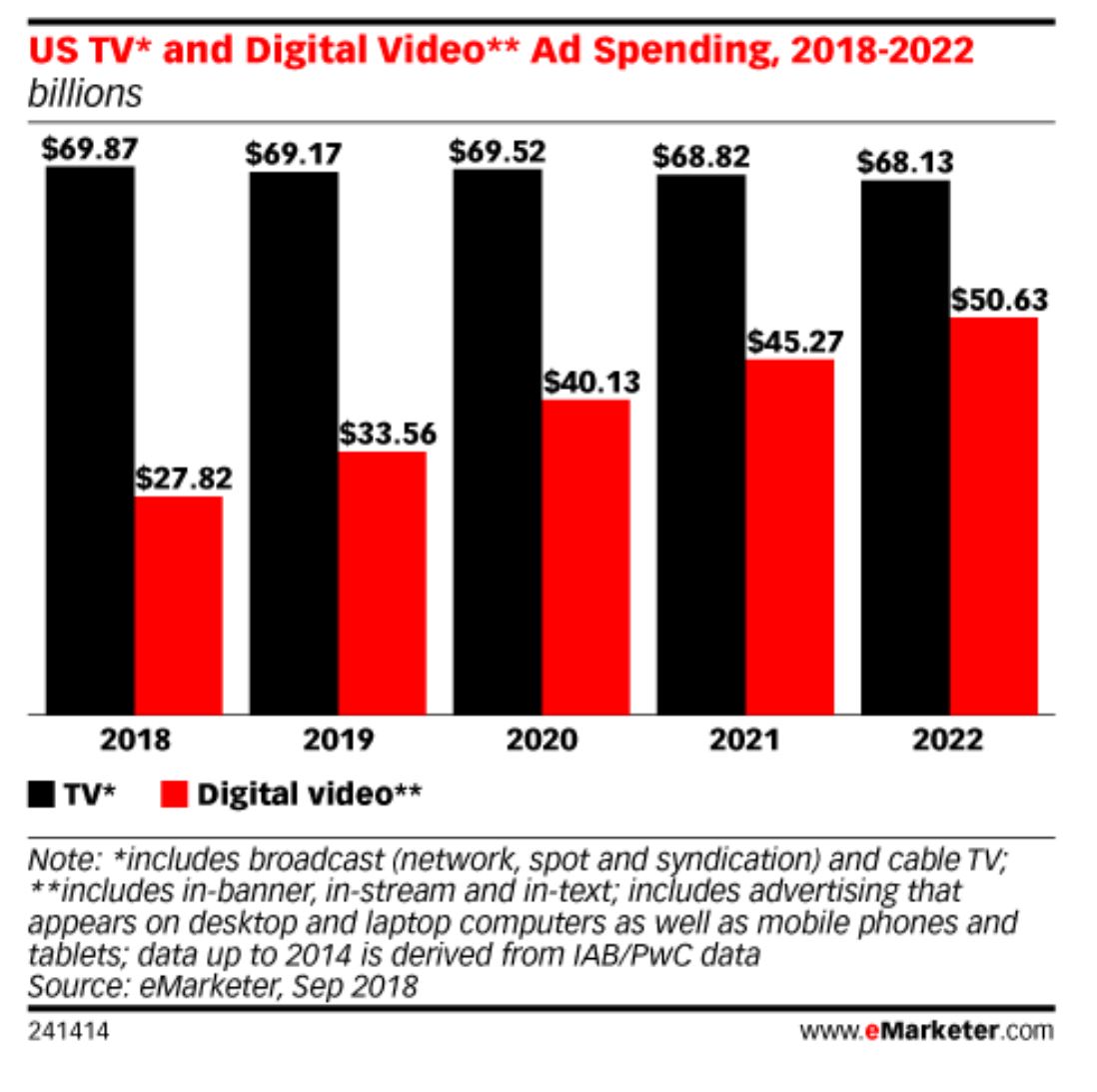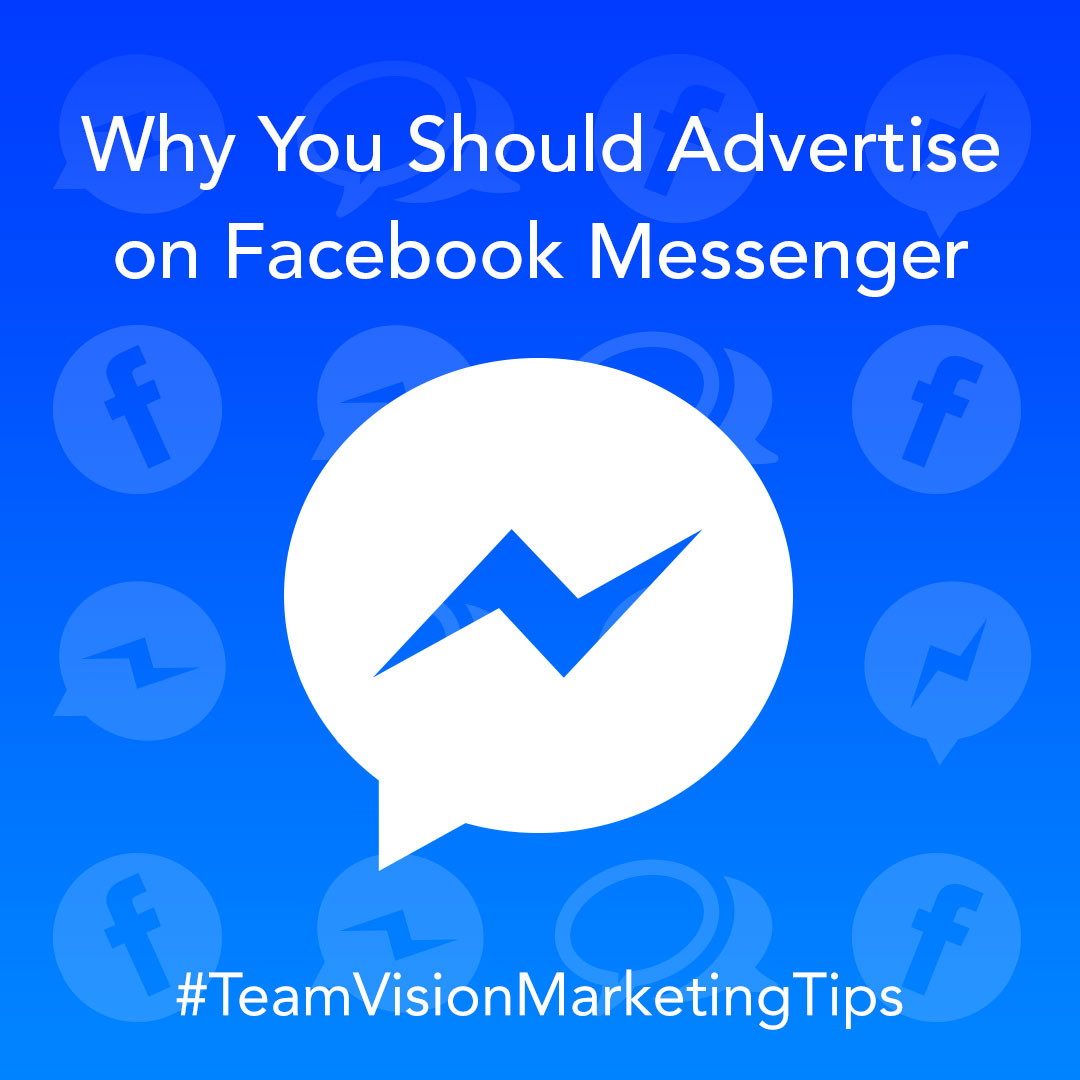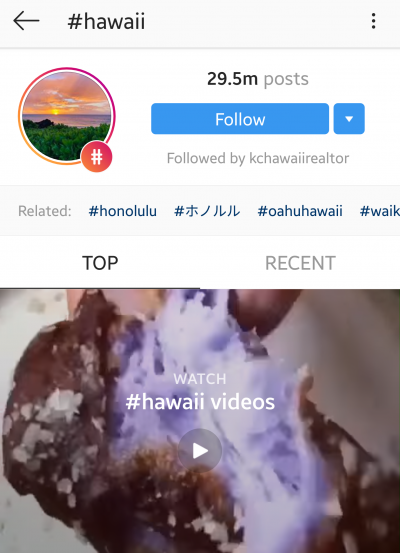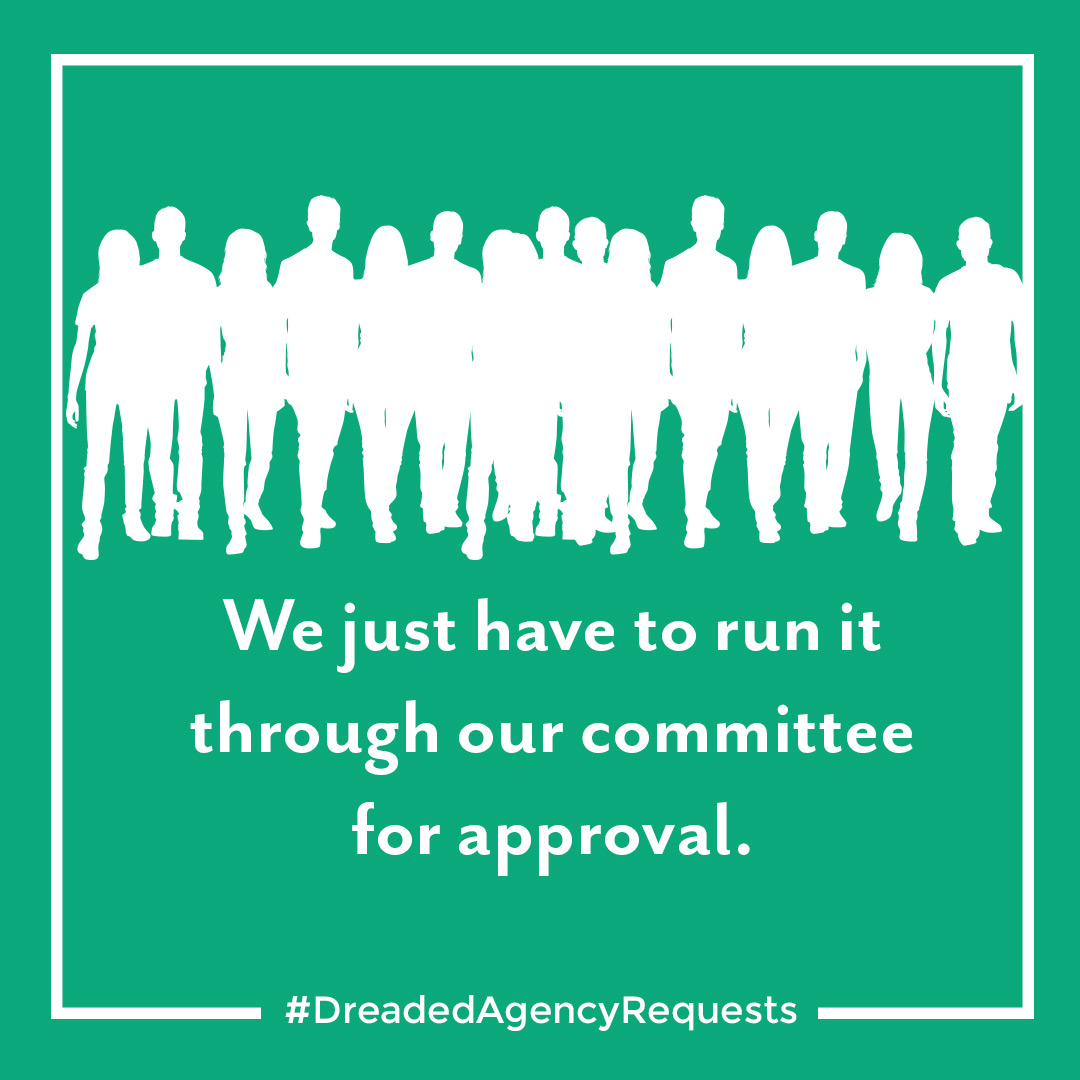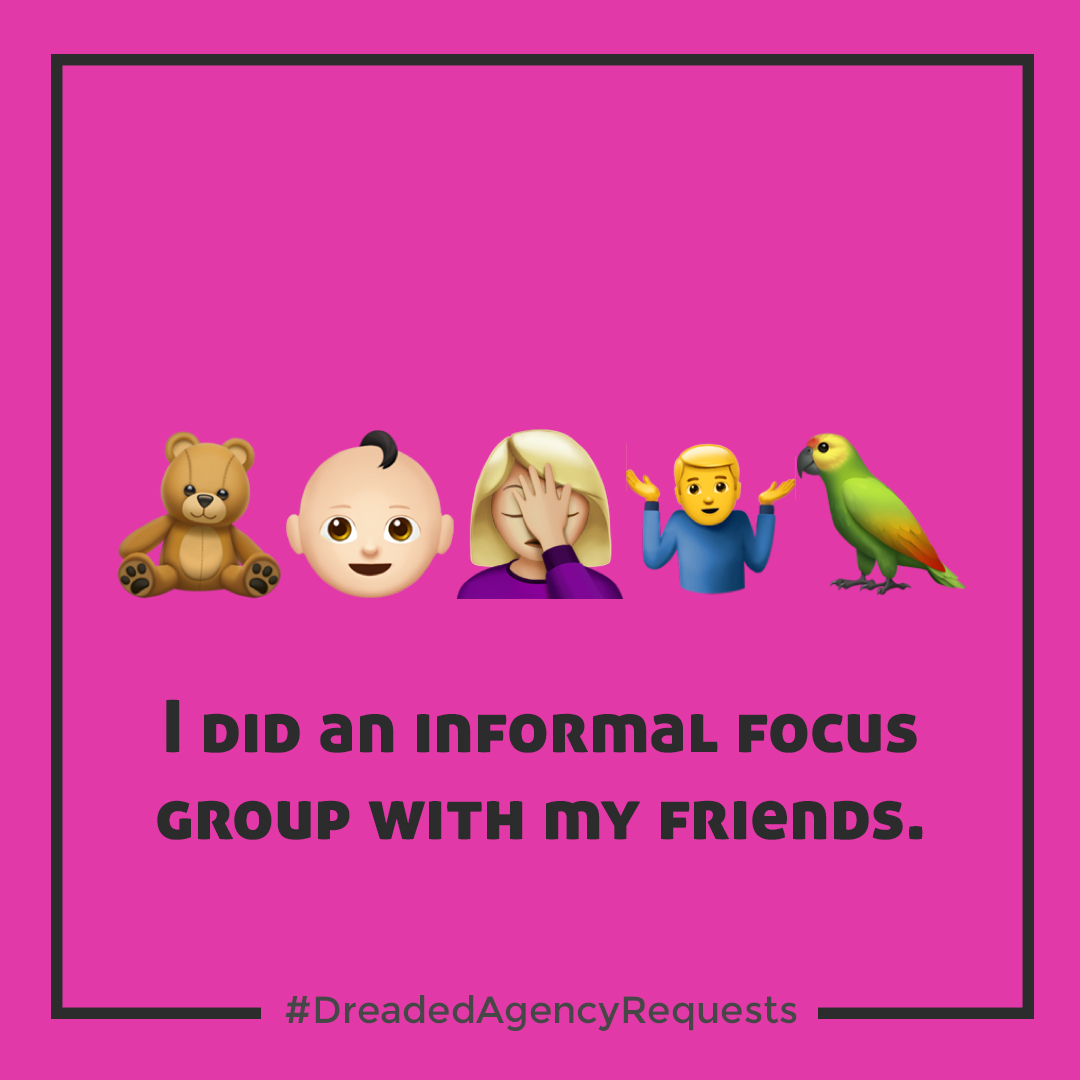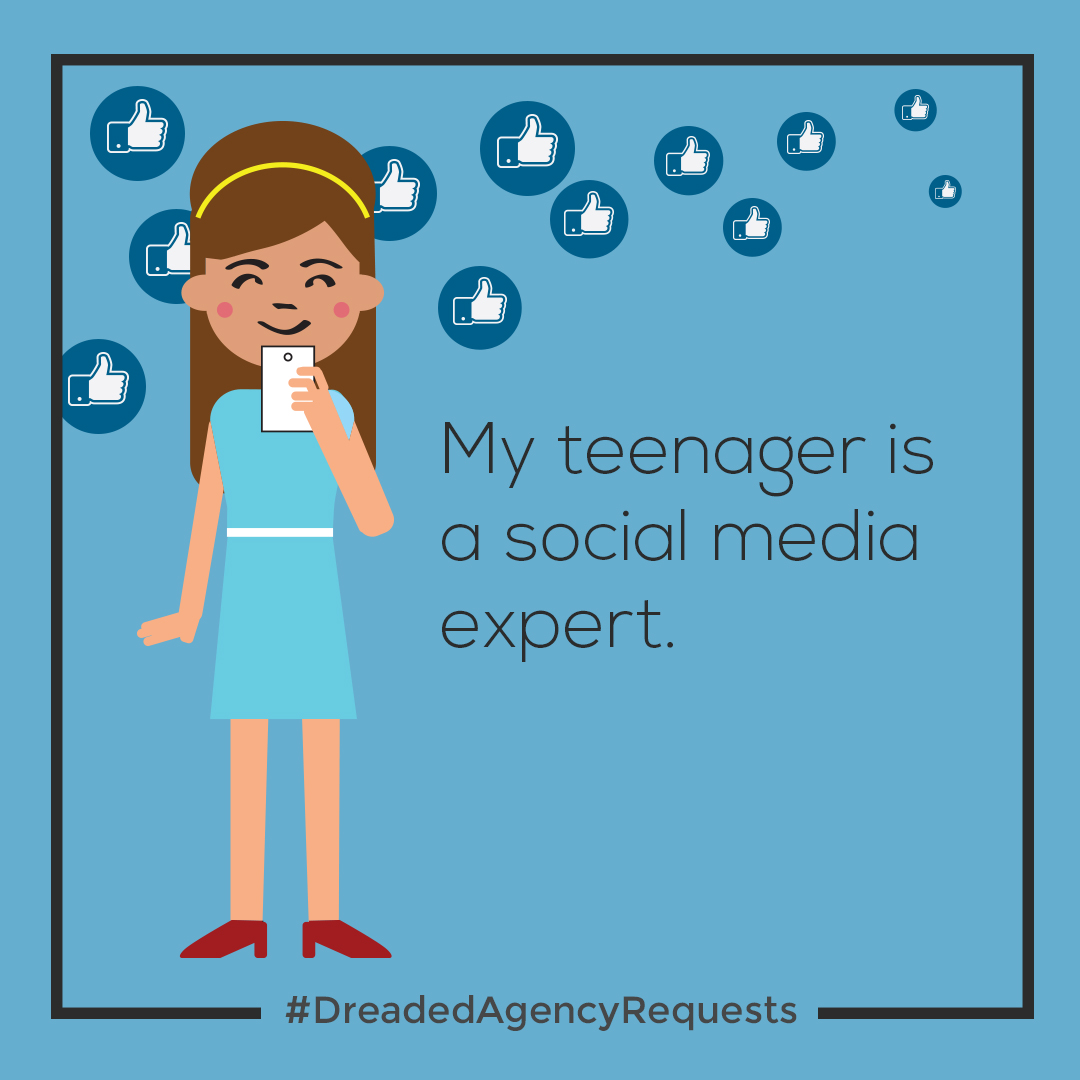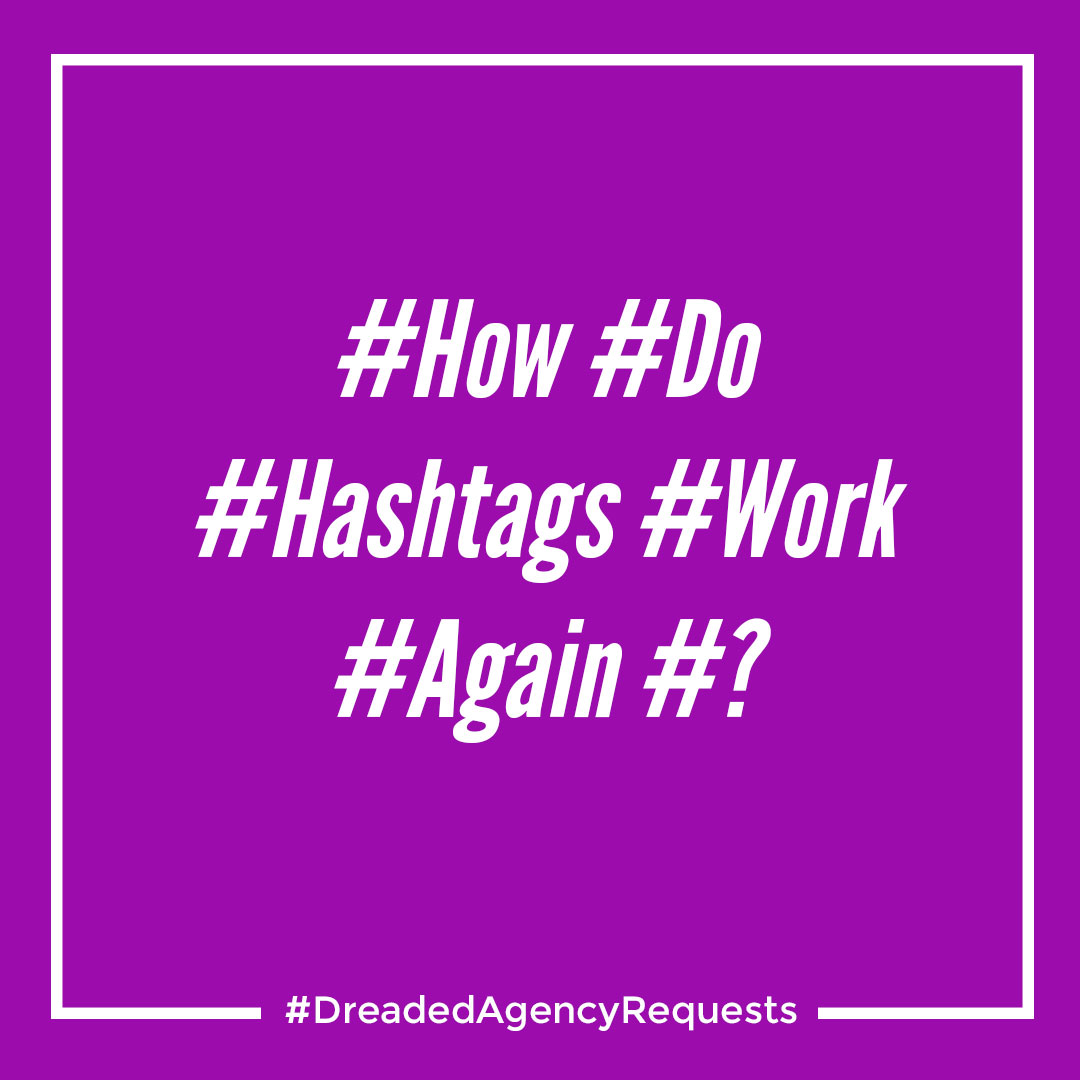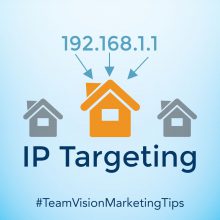If you’ve landed on our Hawaii Marketing Tips blog by accident while searching for Team Vision Marketing, please visit our homepage, creative portfolio or client video testimonials.
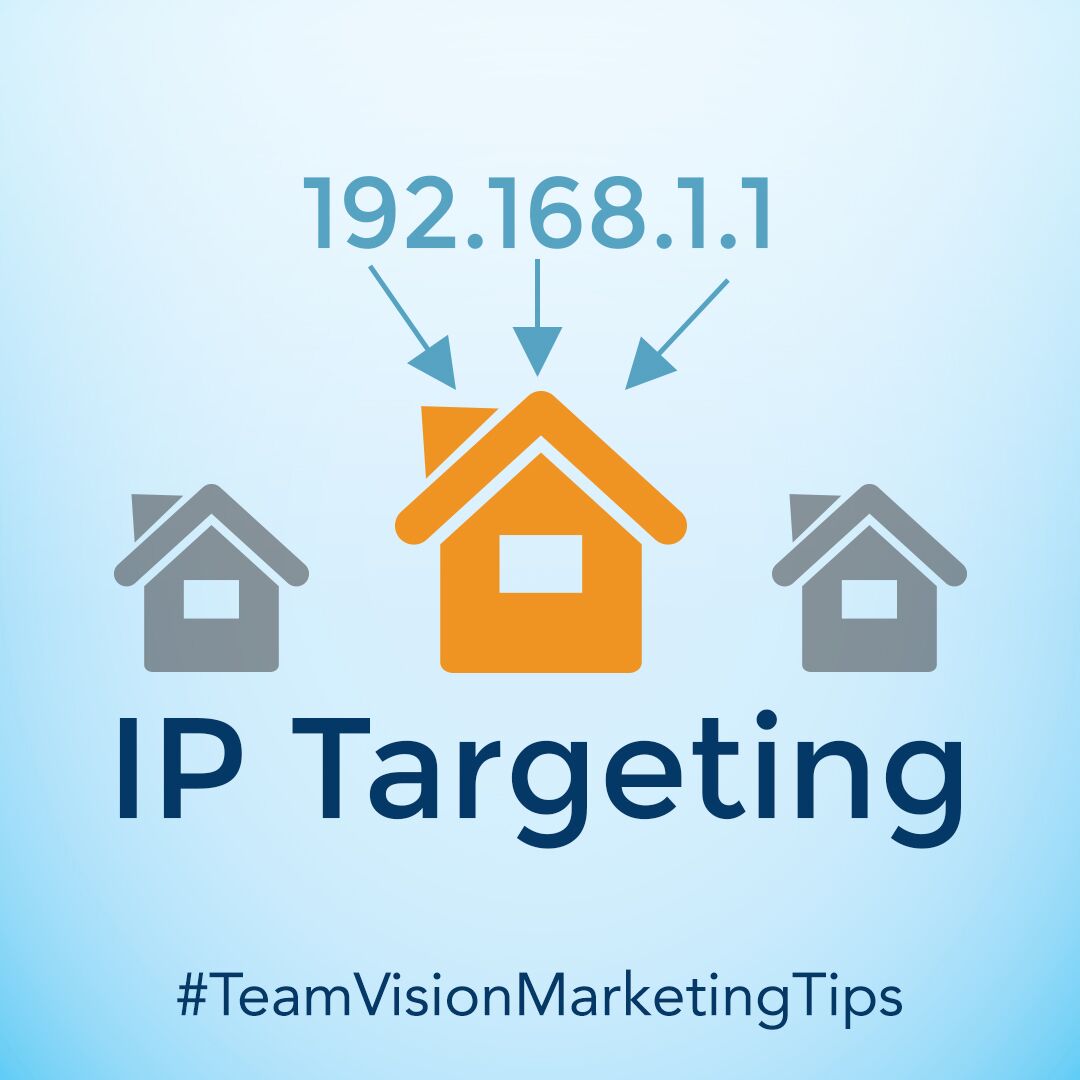
August 29, 2023
What Is IP Targeting and How Can I Use It for My Business?
If you’ve landed on our Hawaii Marketing Tips blog by accident while searching for Team Vision Marketing, please visit our homepage, creative portfolio or client video testimonials. If you’re interested in learning more about IP Targeting Campaigns, please continue reading.
IP Targeting – What Is It and Should My Business Use It?
If you’re a marketer, you’ve probably heard of IP targeting, but maybe your business or your advertising agency hasn’t yet added it to your marketing mix. This article is designed to give you an overview of what IP targeting is, explain some of the pros and cons, and give you a few examples of how you might use it for your next integrated marketing campaign.
What is IP Targeting and IP Advertising?
Here’s a quick definition for those of you who might not be familiar with IP Targeting. IP Targeting is the process of targeting digital advertising to specific households, businesses, etc. based on their Internet Protocol (IP) address. An IP address is a string of numbers assigned to your internet connection that allows you to speak with other devices on the Net.
How Does IP Targeted Advertising Work?
When a user connects to your web site, an IP address is provided for the transaction to take place. IP targeting captures that IP address, determines the location of that IP address (a home or business), and then matches that IP address against 3rd party databases of personal information. Once that IP address is captured from a web visitor, you can then conduct one-to-one marketing directly with that IP address or person. In addition, if you have customer or prospect lists with physical addresses, you can determine the IP address for homes or business locations on your target list, and then conduct digital advertising campaigns directly to those IP Addresses. Yes, there are privacy restrictions that must be met with IP targeting, but solutions to these issues have been addressed and are in place.
What are the benefits of IP Targeting?
The benefits of IP targeting over traditional cookie-based targeting is that with IP targeting you can acquire a user’s specific information. In contrast, with retargeting (or cookie-based targeting) you may never know who the actual end user is unless you get them to register or take action on your web site. To take things one step further, more recent advancements in IP targeting by certain providers now provide the ability to determine the home or business address from a user’s IP address. The additional benefit here is that you can then advertise to those prospects via digital marketing as well as printed direct mailers directly to their homes. Here again, there are privacy safeguards in place to protect the end users’ personal information.
Retargeting and other forms of digital marketing are based on placing a cookie on each user’s computer. Once a user deletes those cookies from his/her browser, or blocks cookies via their browser settings, you have lost that customer as an advertising prospect until they come back and visit your web site again. This is not the case with IP targeting which does not rely on cookies.
Is IP Targeting the Same as Geo-Fencing?
First, let’s define geofencing. Geofencing refers to drawing a virtual fence around a location and using a group of IP addresses. Ads inside this virtual boundary can be seen on computers, tablets, or mobile devices by any user within the defined location.
Although nearly all forms of location targeting use an IP address somewhere in the process, IP targeting and geo-fence targeting are in fact different – and each offers unique advantages. IP targeting is often seen as superior to geo-fencing because it uses an individual IP address versus geofencing which uses a group of IP addresses within specific geographic locations. The best way to explain the benefits of each method is through examples.
Scenario 1 – IP Targeting
Let’s say you own a refrigerator rental company and you want to target ads to students within the local university. Well, many universities share a web login with a single IP address with all registered students. Once you obtain that address, you could then target your ads to all the students’ devices that have accessed that university web site or wi-fi. For this scenario, you could also use geo-fencing as a strategy, but you would experience more advertising waste because your ads will not only reach students (your desired target audience), you will reach everyone who is within the university location geo-fence (including teachers, parents, friends, staff, delivery people, commuter traffic, tourist, etc.).
Scenario 2 – Geo-Fencing
Let’s say you own a visitor attraction, like our Dole Plantation client in Hawaii, and you want to target specific offers to all customers who are currently on your property. Since it’s likely that the majority of the people on the property are visitors, the best strategy to use here would be to create a geo-fence around the property and target people within that geofence. We currently do this using Dole Plantation Snapchat filters which can only be accessed via Snapchat on users’ mobile devices who are currently at the Dole Plantation location.
Scenario 3 – IP Targeting
For this example, let’s say you own a popular Hawaii real estate marketing web site and you want to send a print direct mailer to all people who visit a specific page on your web site, but you don’t want to require customers to complete a subscribe form. The best way to do this would be via IP targeting. Under this scenario, when a user visits your web site, their IP address is obtained and then cross referenced against 3rd party databases to acquire the user’s physical address and any other available information. In addition to targeting this user with digital advertising, you can also use their mailing address to send a highly targeted direct mailer to their home for a more integrated, and higher converting, marketing approach. It’s important to note in this scenario, matching IP addresses back to physical addresses is not 100% accurate (estimates range between 50-70% accuracy), but since you only pay for successes and actual direct mail pieces sent, it is still a highly effective strategy when integrated within your overall marketing strategy.
Scenario 4 – IP Targeting
This is a popular use case scenario currently being utilized by Colleges and Universities that use IP targeting to attract potential new students. These schools are able to target households where qualified, college-aged students are living with their parents. Because the address is normally a household IP, the campaign will reach both the parents and the student which is very effective because parents are nearly always involved in their child’s college selection process. Conversely, if you simply used a geo-fence strategy to target an entire zip code or neighborhood, you would waste advertising dollars by reaching a lot of households with no college-aged children, or no children at all.
Are There Issues with IP Targeting?
Just as geofencing, retargeting and other forms of digital marketing are not perfect and have their unique set of issues such as automated bots using up valuable advertising clicks, IP targeting also has some unique challenges, and that is why we always recommend a balanced integrated marketing approach for our clients. Here are just a couple of well-known issues of IP targeting.
Dynamic IP Addresses. Some users have what are called dynamic (or changing) IP addresses versus fixed IP addresses. This means that each time they connect to the Internet, their IP address is different. For an advertiser targeting a person through IP targeting, once that user’s IP address changes, that prospect just became a different person.
Router Complications. In some cases, people in a public location (i.e. Starbucks) access the Internet through a shared wi-fi service using the same IP address, the IP address the router uses to connect to the internet. Once those people leave that location and reconnect to another wireless device, their IP address changes again. This is why it’s best to target specific households or businesses where IP addresses tend to remain fixed.
How do I go get started with IP Targeted Advertising?
The best way to get started is with your existing database of prospects or customers. The home addresses can be used to find the IP addresses for households or business on your list, and then you’re ready to create targeted digital ads that can be deployed to this group via their computers, phones and tablets that access the internet via the IP you are targeting. If you don’t have a specific target list, you can purchase lists from list providers, and you can also target IP addresses by a number of other criteria such as business locations, household zip codes, event venues and more.
How are IP Targeting Advertising Campaign Results Measured
One of the great benefits of IP Targeting campaigns is the ability to track conversions back to a specific customer and campaign. For example, in an IP targeting campaign, you normally will have the customer’s physical address on file. After an IP Targeting campaign is completed, we can take the purchaser list and compare it against the IP Target list to determine exactly which customers purchased who originated from a specific IP Targeting campaign. This helps our clients more confidently calculate accurate sales numbers and ROI.
If you’re interested in exploring an IP Targeting campaign for your business, please contact us at (808) 536-0416, or via our contact form.
This is the blog of Team Vision Marketing, a full-service advertising and marketing agency located in Honolulu, Hawaii and serving clients on Oahu, Maui, Kauai and the Big Island of Hawaii.
Contact Us:
Phone: (808) 536-0416
Email: info@www.teamvision.com
Hear from Bruce Barrett, VP of Sales & Marketing at Castle & Cooke Hawaii, on his experience working with Team Vision Marketing.
- How to Select The Best Hawaii Advertising Agency for Your Business
- How AI Will Transform Marketing
- What Is IP Targeting and How Can I Use It for My Business?
- Everything You Need to Know About Instagram’s “Hidden Likes” Test
- Hawaii Social Media Marketing Tips
- How To Succeed in Zero-Click Search SEO
- Social Media Marketing Trends
- Your Guide to Google Rich Search Features
- What to Expect After A Google Broad Core Algorithm Update
- Top 5 Facebook Story Sticker Tips
- Hawaii Search Engine Optimization – SEO Companies
- Top 10 Instagram Story Sticker Tips
- Know The Common Difference: Black Hat SEO vs. White Hat SEO
- 10 Types of Content That Will Boost Engagement
- Video Advertising is Growing – Are You Making the Shift?
- Why You Should Advertise on Facebook Messenger
- Buying Instagram Followers – Is It Worth The Money?
- Top 10 Instagram Hashtag Tips for 2019
- 2018 Social Media Trends: Were We Right On The Money?
- Dreaded Advertising Agency Requests Roundup
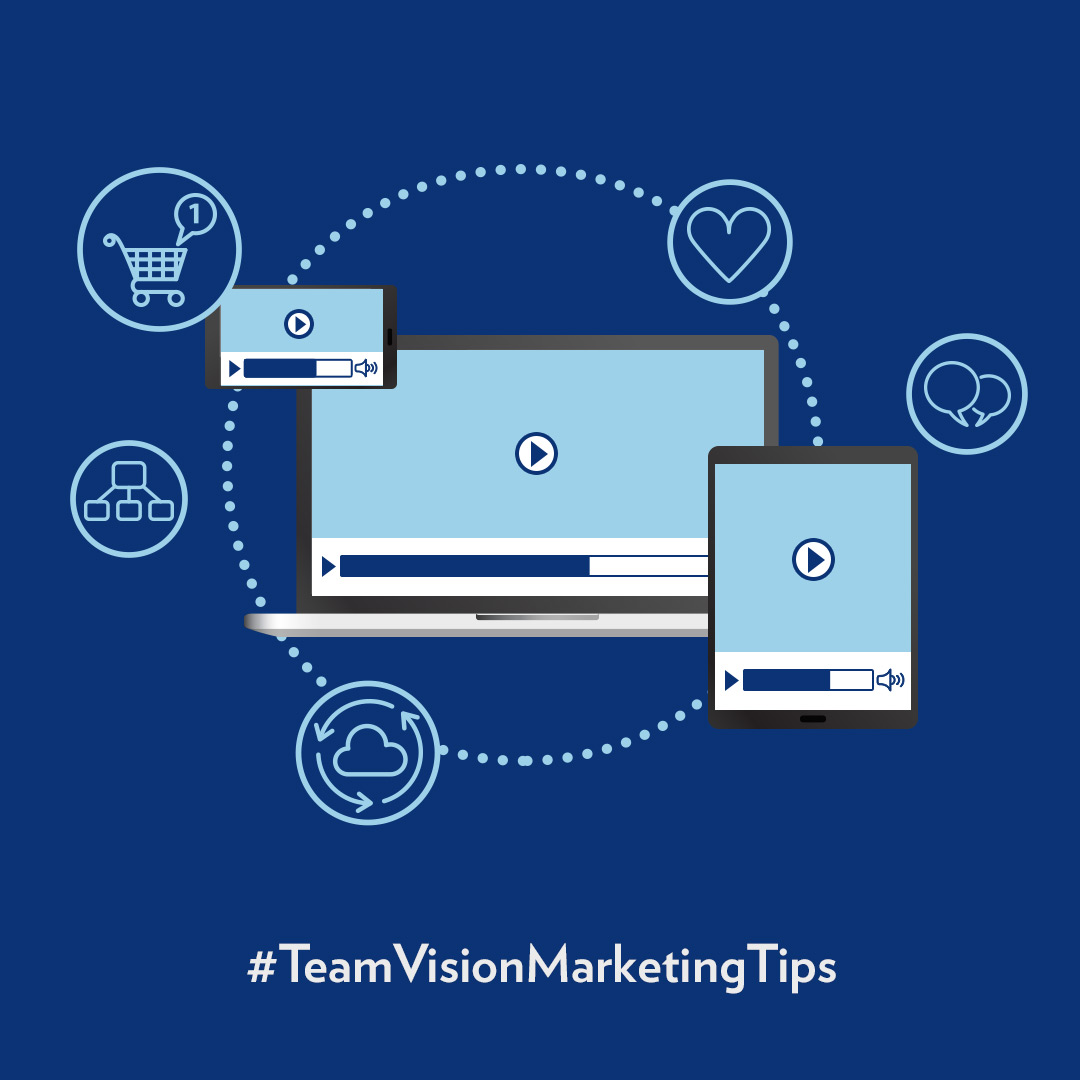
Video Advertising Experiences Rapid Growth – Are You Making the Shift?
As digital marketing strategies evolve, brands are turning more and more to video ads to promote their products or services in a fresh, creative way and to connect with their audiences. Videos add a jolt of excitement to any digital marketing strategy if they’re produced well and combined with a solid programmatic strategy – and as an added benefit, videos also have a very positive effect on your search engine optimization (SEO) rankings. According to GeniusMonkey.com, viewers retain 95% of a message when they watch it in a creative video compared to 10% when reading it in text. Forbes says that video “creates an immediate, real and authentic route of interaction and connectivity with audience members”.
Still not convinced that you need to add more video advertising to your creative marketing mix? Take a look at these quick statistics:
- 46% of users take action after viewing a video ad (GeniusMonkey.com).
- Embedding videos in landing pages can increase conversion rates by 80% (Forbes).
- An email with a video is 96% more likely to get a click-through (GeniusMonkey.com).
- 64% of customers are more likely to buy a product online after watching a video about it (MarketingProfs.com)
- 52% of marketing professionals worldwide name video as the type of content with the best ROI (SocialMediaToday.com).
- Marketers who use video can increase their revenue 49% faster than non-video users (SocialMediaToday.com).
- 43% of consumers want to see more video content from marketers (SocialMediaToday.com).
- By 2019, video marketing will make up 80% of online content (Forbes).
- According to YouTube, mobile video consumption grows by 100% every year.
- Video ads spending will grow nearly 30% to $27.82 billion in 2018, which means video ad spending will make up 25% of US digital ad spending (emarketer)
- US digital video ad spending in 2022 will surpass $50 billion (emarketer)
So, what does this all say about video advertising? Videos provide an effective marketing tool and they strongly influence the audience’s buying behavior. “…Viewers are more than 85% more likely to make a purchase after watching a product video.” (GeniusMonkey.com). Also, according to Forbes, 90% of customers report that product videos help them make purchasing decisions. Team Vision Marketing recommends that brands and marketers should seriously consider adding more video ads into their marketing mix to take their digital marketing strategy to the next level. In fact, many major brands are allotting more of their online marketing budget to video development and video editing, but keep in mind that the ads need to be entertaining and authentic in order to engage the audience.
Convinced you need to create more video ads and don’t know where to start? Well, creating quality video ads can take a lot of time an effort. And in a world that’s moving more and more toward videos in advertising, you will likely need to start producing new web, advertising and social media videos on an ongoing basis. Unless you happen to be a small business owner with a background in video editing (and have the time to do it), you’re likely going to need to look to an advertising agency or digital marketing agency. That’s where we come in. If you’re in need of television commercials, long and short format video development, drone videos, promotional videos or social media videos, please give us a call at (808) 536-0416, or use our website inquiry form at www.www.teamvision.com/contact.
Our team can help you create well-produced video ads as well as help you integrate those ads into your marketing and social media campaigns. Browse through some of the creative videos in our web site portfolio at www.www.teamvision.com/portfolio and view our client video testimonials at www.www.teamvision.com/clients.
Hear from Harry A. Saunders, President of Castle & Cooke Hawaii, on his experience working with Team Vision.
- How to Select The Best Hawaii Advertising Agency for Your Business
- How AI Will Transform Marketing
- What Is IP Targeting and How Can I Use It for My Business?
- Everything You Need to Know About Instagram’s “Hidden Likes” Test
- Hawaii Social Media Marketing Tips
- How To Succeed in Zero-Click Search SEO
- Social Media Marketing Trends
- Your Guide to Google Rich Search Features
- What to Expect After A Google Broad Core Algorithm Update
- Top 5 Facebook Story Sticker Tips
- Hawaii Search Engine Optimization – SEO Companies
- Top 10 Instagram Story Sticker Tips
- Know The Common Difference: Black Hat SEO vs. White Hat SEO
- 10 Types of Content That Will Boost Engagement
- Video Advertising is Growing – Are You Making the Shift?
- Why You Should Advertise on Facebook Messenger
- Buying Instagram Followers – Is It Worth The Money?
- Top 10 Instagram Hashtag Tips for 2019
- 2018 Social Media Trends: Were We Right On The Money?
- Dreaded Advertising Agency Requests Roundup
Sources:
https://www.emarketer.com/content/video-swells-to-25-of-us-digital-ad-spending
https://www.socialmediatoday.com/news/20-essential-video-marketing-statistics-infographic/527305/
https://www.marketingprofs.com/articles/2018/33914/nine-types-of-video-to-help-you-close-sales
https://www.forbes.com/sites/forbesagencycouncil/2017/02/03/video-marketing-the-future-of-content-marketing/#506d874e6b53

